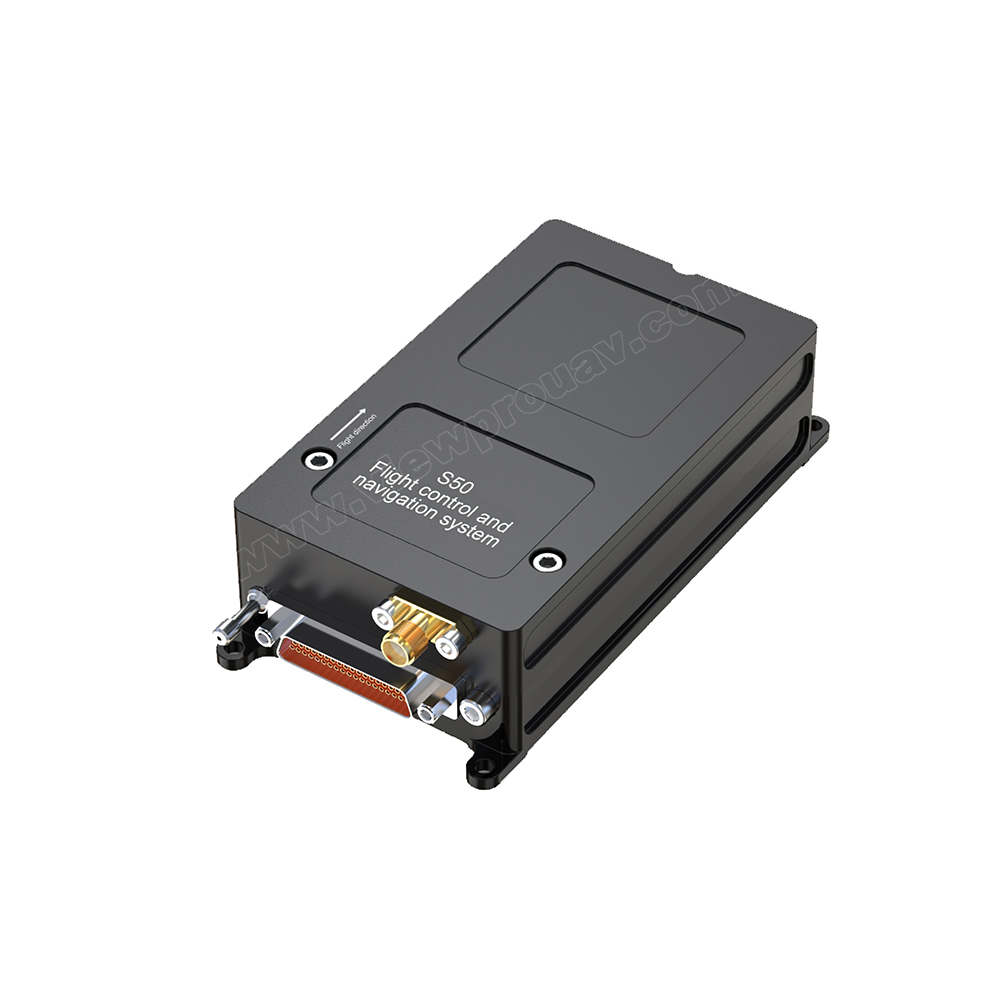Understanding the Crucial Attributes and Features of a Drone Flight Controller for Optimal Aerial Performance
The flight controller offers as the crucial part in a drone's architecture, managing its movements and making sure stability through an innovative interplay of information and sensing units handling. With advancements in innovation, the landscape of trip controllers is swiftly evolving, triggering a closer assessment of what genuinely defines optimum functionality in this important system.
Introduction of Flight Controllers
When exploring the globe of drone innovation, recognizing flight controllers is vital for both hobbyists and experts alike. Flight controllers function as the brain of the drone, managing its activities and guaranteeing security throughout trip (SparkNavi drone flight controller and GNSS/INS made in taiwan). They refine information from different sensors, including accelerometers, gyroscopes, and barometers, to preserve stability and react to pilot inputs effectively
The style of trip controllers can differ considerably, varying from fundamental variations made for entry-level drones to advanced systems furnished with innovative functions for professional applications. The combination of GPS capacities enables accurate navigating and positioning, while programmable firmware enables individuals to personalize trip features to fit their specific demands.
Additionally, flight controllers are crucial in promoting interaction between the drone and the remote control, making it possible for real-time modifications and telemetry information transmission. Understanding the various types of trip controllers, including multi-rotor, fixed-wing, and crossbreed systems, is vital for choosing the ideal design for a given application. Ultimately, a detailed grasp of flight controllers not just enhances the flying experience yet additionally makes best use of the performance and safety of drone operations.
Trick Features of Trip Controllers
Trip controllers play a pivotal function in managing a drone's trip dynamics by carrying out several vital features that make sure security and responsiveness. One of the main features is the stablizing of the drone's positioning and elevation. This is attained through the combination of different sensing units, including barometers, accelerometers, and gyroscopes, which continuously monitor the drone's placement and motion.
.jpg)
An additional crucial function is the handling of control inputs from the pilot or autonomous systems. The trip controller translates these inputs and changes the drone's motor rates accordingly to attain the desired trip path. This includes handling pitch, yaw, and roll, which are critical for ability to move.
Additionally, trip controllers are geared up with secure devices. These features are developed to reply to essential scenarios, such as reduced battery degrees or loss of signal, by starting predefined actions like going back to the launch factor or hovering in position.

Crucial Attributes to Take Into Consideration
Countless necessary features should be considered when picking a drone flight controller to guarantee optimum performance and integrity. One essential facet is the controller's processing power, which identifies its ability to deal with complicated flight algorithms and real-time data handling. A higher handling ability improves responsiveness and security during trip.
An additional important function is the variety of sustained trip modes. A flexible trip controller should offer various modes, including acro, altitude hold, and GPS-assisted modes, catering to different pilot ability degrees and find more operational scenarios. In addition, the visibility of built-in safety functions, such as fail-safes and geofencing, can dramatically enhance functional security.
Compatibility with various communication methods is additionally crucial, as it guarantees seamless assimilation with other tools and peripherals, such as remote controllers and telemetry systems. In addition, the controller's firmware have to be easy to use check and consistently upgraded to integrate new features and optimizations.
Combination With Sensing Units and Solutions
A flight controller's efficiency is heavily influenced by its capability to integrate with numerous sensing units and systems. This assimilation is essential as it makes it possible for the trip controller to obtain real-time information required for reliable trip administration. Key sensors consist of GPS, inertial dimension devices (IMUs), barometers, and magnetometers, each giving crucial info relating to the drone's altitude, placement, and orientation.

In addition, advanced trip controllers support assimilation with payload systems, consisting of cameras and other sensors, allowing enhanced capabilities such as independent navigation and obstacle evasion. This interconnectedness not only improves the drone's operational abilities however additionally broadens its application possible across different markets, from aerial digital photography to agricultural tracking. Thus, a well-integrated flight controller is fundamental for achieving optimum aerial performance and making sure the reliability of drone operations.
Tips for Optimizing Efficiency
To take full advantage of the efficiency of your drone, numerous essential methods can be used that emphasis on enhancing both equipment and software application elements. Guarantee that the flight controller firmware is up to date.
Following, adjust your sensors, including the accelerometer and gyroscope, to ensure accurate readings. Appropriate calibration reduces drift and boosts trip security, specifically throughout complex maneuvers. Additionally, consider upgrading the equipment official statement components, such as electric motors and props, to improve drive and efficiency. High-grade propellers can reduce drag and boost flight time.
Fine-tune your trip setups, including PID (Symmetrical, Important, Acquired) worths, to attain smooth and responsive handling. By implementing these methods, drone drivers can considerably enhance airborne performance, leading to a more delightful and effective flying experience.
Conclusion
In final thought, a thorough understanding of drone trip controllers is vital for improving airborne performance. By focusing on these components, operators can significantly elevate the efficiency and integrity of their drone systems in diverse applications.
Trip controllers offer as the brain of the drone, managing its movements and making certain stability throughout trip.Trip controllers play a critical function in managing a drone's flight characteristics by executing a number of essential functions that make certain security and responsiveness. The flight controller interprets these inputs and readjusts the drone's electric motor rates accordingly to accomplish the preferred flight path.Various crucial features must be taken right into account when picking a drone trip controller to make sure optimum efficiency and reliability. Thus, a well-integrated flight controller is basic for attaining ideal airborne performance and guaranteeing the reliability of drone procedures.